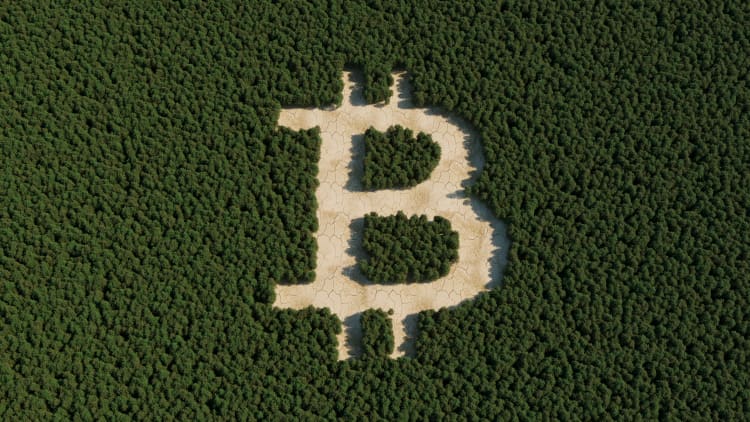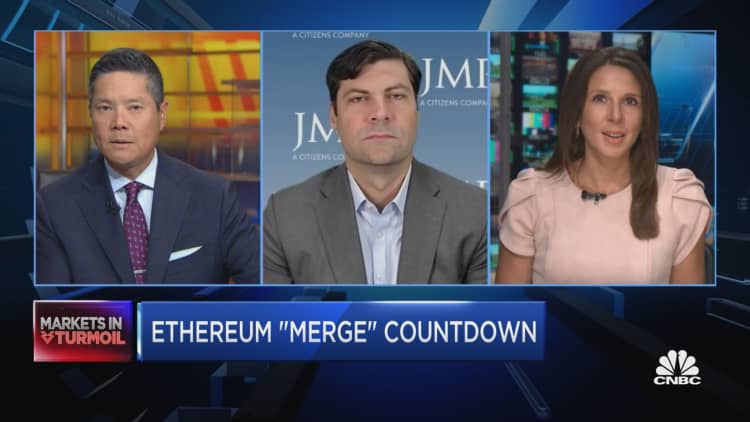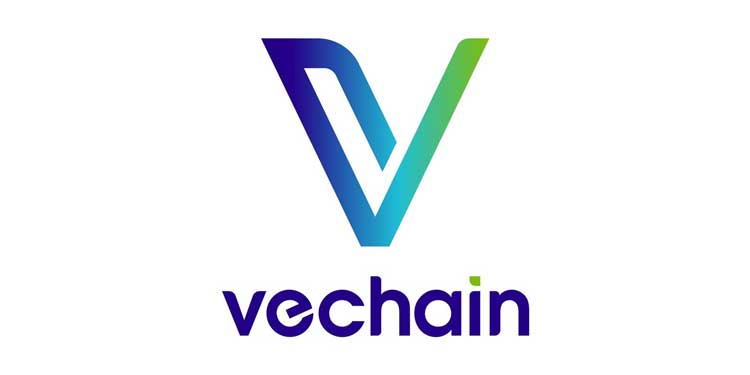Bitcoin mining software overhaul Stratum v2 promoted by Block, Braiins

Employees work on bitcoin mining computers at the Bitminer Factory in Florence, Italy.
Alessandro Bianchi | Reuters
Software used in bitcoin mining just got its first upgrade since late 2012, and a coalition of companies including the payments giant Block (formerly Square) is trying to help push the open source protocol toward becoming an industry standard.
The move could help open up bitcoin mining to more participants by supporting lower-quality internet connections, as well as improving security so that miners are properly compensated for their work.
Bitcoin operates on a proof-of-work mining model, meaning miners around the world run powerful computers to create new bitcoin and validate transactions. Mining requires professional quality equipment, some technical knowledge, a lot of power and a special type of software.
Instead of accessing the bitcoin protocol directly, the vast majority of miners today work through an intermediary protocol called Stratum, which facilitates communication between the bitcoin network, miners and the mining pools that combine the hashing power of thousands of miners worldwide .
Miners use Stratum to submit their work and collect a reward if they complete a new block of transactions.
On Tuesday, a coalition of bitcoin developers will release version 2 of Stratum under an open source license for the mining industry to evaluate and test.
Convincing the mining industry to adopt the new protocol will take some work, so Spiral — a subsidiary of Jack Dorsey’s payments company Block (formerly Square) — is teaming up with bitcoin miner Braiins to start a group to test and fine-tune the open source software before pushing mass adoption.
What the upgrade does
Steve Lee, the head of Spiral, tells CNBC that there are several significant benefits to the upgrade, including cutting down on data usage.
Currently, it is common for each mining rig in a large farm to connect directly to a pool. This setup wastes a lot of energy. Lee says Stratum V2 supports a proxy that aggregates all the connections and only establishes one connection with the pool.
The process of sending this data is also changing to a more efficient method.

“All told, much less data needs to be transferred between miners and pools, and this could help miners in remote areas of the world with poor internet,” noted Lee.
The upgrade is also designed to improve security. Today, it is possible to steal the hash rate from a miner, which can cause some miners to lose money. Hash rate is a term for the collective computing power of the bitcoin network. To address this, Lee says Stratum V2 introduces a standard security mechanism of authentication and encryption between miners and pools.
The version released Tuesday is for initial testing, and in early November a more robust version will come out that supports additional functionality, including job negotiation — a “feature that represents a historic shift in the censorship-resistant mechanics of bitcoin mining by replacing a pool’s responsibility to assign work to miners with the option for miners to choose their own work,” according to a joint statement released by Spiral and Braiins.
There are orders of magnitude more miners than pools, so if miners choose transactions it’s far more decentralized than just a handful of pools, Lee explained.
“Working for industry-wide adoption of the upgraded Stratum protocol is one of the most important developments to improve the decentralization and censorship resistance of bitcoin’s architecture,” Lee said.
In terms of timing, the pilot and integration testing will happen this fall, and next year the upgraded protocol will likely see wider use once miners and pools are confident it works well.
“I expect a gradual increase in the hash rate in 2023,” Lee told CNBC. “Reaching 10% hash rate by the end of 2023 would be a huge success,” Lee continued.
Lee added that it will likely take several years to see the latest version of Stratum replace the original.
“Miners are well aware of the benefits of upgrading to Stratum V2, but pushing the entire mining industry over some of the remaining development and adoption hurdles is a big task,” said Jan Capek, co-founder of Braiins.
“Universal standards for operating and building Stratum V2 and the efforts of this task force to push the industry forward will provide the momentum bitcoin needs to finally upgrade from a version of the mining protocol built a decade ago,” Capek continued.
Like the Lightning Network, which is a technology built on top of bitcoin’s base layer to make payments more efficient, there will be different implementations of Stratum V2. However, the open source version released on Tuesday will make it easier to test the technology collectively. It will also ensure that the various projects can interact with each other.

Blocks jump into mining
Tuesday’s announcement is part of Block’s larger push into the bitcoin mining industry.
On the sidelines of the Bitcoin 2022 conference in Miami in April, digital asset infrastructure company Blockstream and Block announced that they broke ground on a solar and battery-powered bitcoin mine in Texas that uses solar power and storage technology from Tesla.
Tesla’s 3.8 megawatt solar panel and 12 megawatt-hour Megapack will power the facility.
Block is also independently working on a project to make bitcoin mining more distributed and efficient.
The idea of making the mining process more accessible has to do with more than just creating new bitcoin, according to Block’s general manager of hardware, Thomas Templeton. Instead, he says the company sees it as a long-term need for a future that is fully decentralized and permissionless.
“Mining needs to be more distributed,” Dorsey wrote in a tweet in October, when he first floated the idea. “The more decentralized this is, the more resilient the bitcoin network becomes.”
Towards that goal, the company is solving a major barrier to entry: Mining rigs are hard to find, expensive and delivery can be unpredictable. Block says it is open to creating a new ASIC, which is the specialized equipment used to mine for bitcoin.
The project is being incubated within Block’s hardware team, which is beginning to build out a core engineering team of system, ASIC and software designers led by Afshin Rezayee.















![Can Bitcoin [BTC] defy the infamous ‘March Chronicle’ in 2023? Can Bitcoin [BTC] defy the infamous ‘March Chronicle’ in 2023?](https://www.cryptoproductivity.org/wp-content/uploads/2023/02/po-2023-02-28T113125.974-1000x600-120x120.png)









